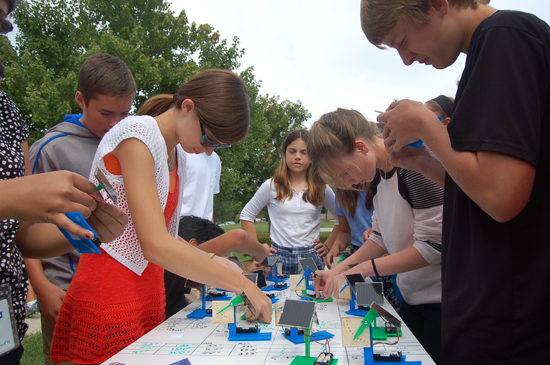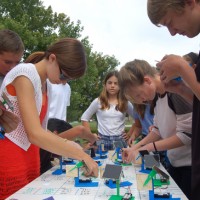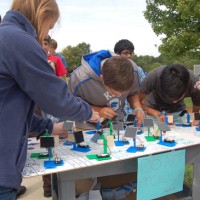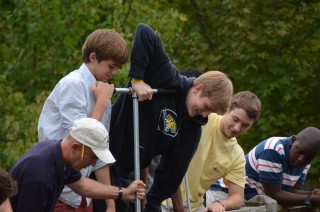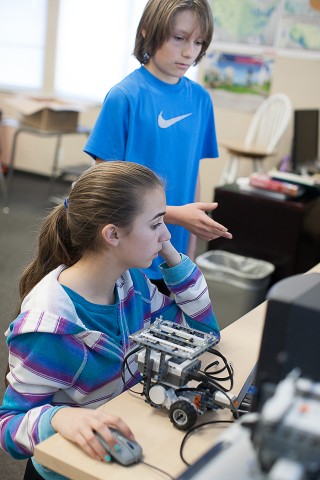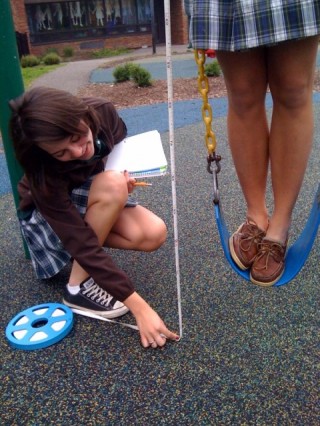At Kentucky Country Day School, eighth graders are designing solar batteries, writing disaster response plans for cities around the world, and disassembling electronics to evaluate their environmental impact. These hands-on units are part of their Environmental Engineering & Earth Sciences (E3S) curriculum, which focuses on projects that put learning in a real world context.
In last fall’s Solar Power Challenge, the students collected data on a solar battery in various orientations in order to maximize its charging power. They analyzed their battery’s data and modified its position until they arrived at an orientation that was most effective. The batteries were then used to power model cars that were 3D printed in KCD’s Fab Lab.
The Challenge showed that experiments involve more than following a set of instructions, says eighth grader Judith Topham. “I liked it because it gave us as many options as possible and let us figure out what worked the best.”
“The course makes learning applicable to real world situations,” says faculty member Greg Korchnak. “Science is about learning to analyze and solve real life problems — it’s more than just an assortment of facts and figures.” And each unit in the curriculum is framed in the context of KCD’s motto: Citizen, Scholar, Steward.
The E3S course also connects with the school-wide STEAM curriculum, which integrates Art & Design into the traditional STEM fields of Science, Technology, Engineering, and Math.
